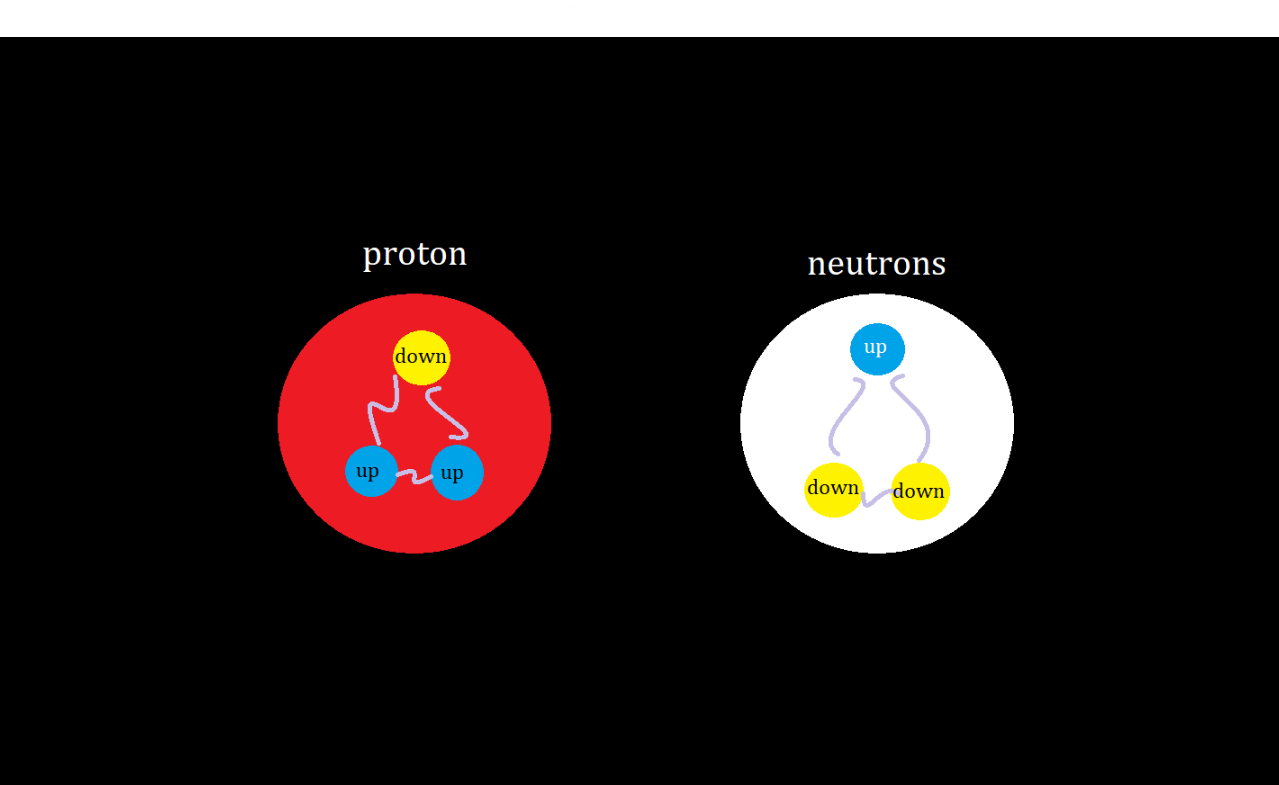What is a Quark?

Published on March 24, 2024
In the intricate mosaic of the universe's fundamental components, quarks play an indispensable role, serving as the building blocks of matter's most minute constituents. Their discovery and the subsequent understanding of their behaviors and interactions have been pivotal in the advancement of particle physics, offering profound insights into the nature of the universe. This article aims to elucidate the concept of quarks, detailing their characteristics, types, and the critical role they play in the standard model of particle physics.
Here are the facts:
- Quarks are elementary particles that serve as fundamental constituents of matter, theorized in the early 1960s by physicists Murray Gell-Mann and George Zweig.
- Quarks possess an intrinsic property known as "spin" and exhibit a characteristic called "color charge," which is essential to the strong force that binds quarks together within hadrons (protons and neutrons). This force is mediated by particles called gluons.
- There are six flavors of quarks: up, down, charm, strange, top, and bottom, each with its corresponding antiparticle. Quarks also come in three "colors": red, green, and blue.
- Quarks are always found within composite particles like hadrons or mesons, as they are never observed in isolation due to the strong force's property that becomes stronger with distance.
Quarks are elementary particles, fundamental constituents of matter that are not composed of smaller particles. They were first theorized in the early 1960s by physicists Murray Gell-Mann and George Zweig, who independently proposed the quark model to explain the patterns and properties of hadrons (particles like protons and neutrons) observed in high-energy physics experiments. The term "quark" comes from the novel "Finnegans Wake" by James Joyce, chosen by Gell-Mann for its phonetic appeal and the line "Three quarks for Muster Mark!"
Quarks are unique for several reasons. Firstly, they possess an intrinsic property known as "spin," making them fermions that adhere to the Pauli exclusion principle. This principle is crucial for the diversity of the universe's matter, as it prevents quarks from occupying the same quantum state within a particle. Secondly, quarks exhibit a characteristic known as "color charge," a fundamental aspect of the strong force described by quantum chromodynamics (QCD). This force binds quarks together within hadrons and is mediated by particles called gluons.
Types and Characteristics
There are six types, or "flavors," of quarks: up, down, charm, strange, top, and bottom. Each flavor has a corresponding antiparticle with opposite charge and quantum numbers. Quarks come in three "colors" — red, green, and blue — contributing to the strong force's dynamics. The properties of quarks, such as mass and charge, vary significantly across flavors, influencing the behavior and formation of particles in which they are contained.
Quarks are perpetually confined within composite particles, a phenomenon known as "quark confinement." They are never found in isolation, a consequence of the strong force's unique property that becomes stronger with distance. As a result, quarks are always bound together to form hadrons, such as protons and neutrons, or in pairs known as mesons.
The Role in the Standard Model
The standard model of particle physics is a theoretical framework that describes the fundamental forces and particles in the universe. Quarks are integral to this model, contributing to the understanding of how matter is constructed and behaves at the most fundamental level. They participate in all four fundamental interactions: gravitation, electromagnetism, weak interaction, and strong interaction, showcasing their versatility and essential nature in the universe's fabric.
In the standard model, the interactions between quarks and other particles are mediated by force carriers such as photons, W and Z bosons, and gluons. These interactions dictate the stability of matter, the transformation of particles, and the nuclear reactions powering stars.
The Takeaway
Quarks are the quintessential building blocks of the universe, fundamental to our understanding of matter and the forces governing it. The exploration of quarks has opened new horizons in particle physics, challenging our perception of the tangible and paving the way for future discoveries. As we continue to delve into the subatomic world, the study of quarks will undoubtedly play a pivotal role in unraveling the mysteries of the cosmos. Their existence reminds us of the complexity and elegance underlying the universe's apparent simplicity, a testament to the human quest for knowledge and understanding.
Category: Science